- a collection of papers to be presented at Eurographics 2022
- a large number of topics are covered, including terrain authoring, spherical harmonic lighting, radiance transfers

- the GDC presentations talk about the implementation of the Deferred Texturing
- developed to reduce the vegetation rendering cost
- a very detailed look at the different implementation stages
- how it integrates into the Decima rendering pipeline and a look at the performance improvements achieved
- it additionally presents how to implement a variable rate solution on hardware without native support

- the paper presents a new approach to compressing vertex data at a fixed bit-rate
- the paper presents error analysis, compares against existing solutions in terms of prevision and performance
- up to 13 per-vertex skinning weights can be compressed into 64bits with included code
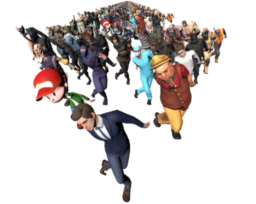
- the article presents a detailed look at how different D3D12 ConstantBuffer patterns are mapped into SPIR-V
- shows how the patterns are mapped onto the hardware in RDNA2 ISA
- discusses how non-uniform resource influences the code generation
- additionally discusses quirks/limitations of ByteAddressBuffers and RWStructuredBuffer
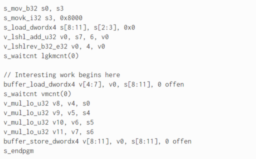
- the article presents a summary of different methods to express rotations
- presents interactive visualizations of the methods
- shows the behavior of linear interpolation, discussing the limitations of the methods
- it additionally shows the mathematical derivation of the methods

- the video presents an overview of the challenges in shader development
- discussing how Slang can address these challenges
- shows the decisions made to adjust the project development to prioritize adoption over publication from the start
- a brief look at how it matches into raytracing shaders and a look at upcoming developments
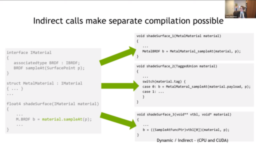
- AMD released a library to enable applications that use Heterogeneous-Computing Interface for Portability (HIP) to access ray tracing hardware
- this enables general C++ GPGPU computing workloads to take advantage of raytracing shaders on Nvidia and AMD GPUs

- the article describes how to construct a BVH from a collection of triangles
- axis-aligned bounding boxes are used as the foundation of the structure
- shows how to build and traverse the BVH

- the paper introduces an LTC (Linearly Transformed Cosines) approximation to anisotropic GGX using 4D lookup textures
- the demonstration video shows the importance of anisotropy for metal surfaces
- example code is provided

- the blog posts demonstrate how to implement ReSTIR (Spatiotemporal reservoir resampling)
- presents the implementation for Lambertian diffuse
- shows how to extend the concepts also to support specular sampling
- additionally presents the author’s technique to combine the influences

- the article provides a showcase of the importance of a projection solver for a real-time fluids
- presents the Jacobi method and compares it against the Multigrid algorithm
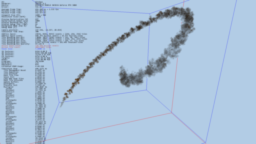
- the video explains the concept of refraction and existing techniques to implement the effect
- covers how to draw transparent objects and how it’s expressed in the rendering pipeline
- shows the importance of drawing order when using rasterization and presents techniques for order-independent transparency
- presents alpha testing and limitations with mipmapping alpha testing
- it additionally covers solutions to ensure that objects look correctly under minification
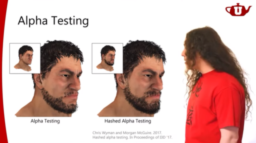
- the visual graph provides a visual representation of the different passes from the fluid simulation of the iOS application
- provides short overviews of the implementation of the different passes
- it additionally provides a visual representation of the visible state of the textures involved at the different stages of the pipeline
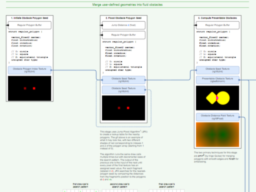
Thanks to Nathan Reed for support of this series.
Would you like to see your name here too? Become a Patreon of this series.